Understanding the Role of Speech Therapy in Syntax and Grammar Development
Speech therapy plays a crucial role in helping children and adolescents improve their syntax and grammar, which are foundational to effective communication, reading comprehension, and academic success. This article explores evidence-based techniques, assessment methods, curriculum goals, and practical interventions used by speech-language pathologists to enhance syntactic skills, especially for those with developmental language disorders.
The Importance of Syntax in Language Development
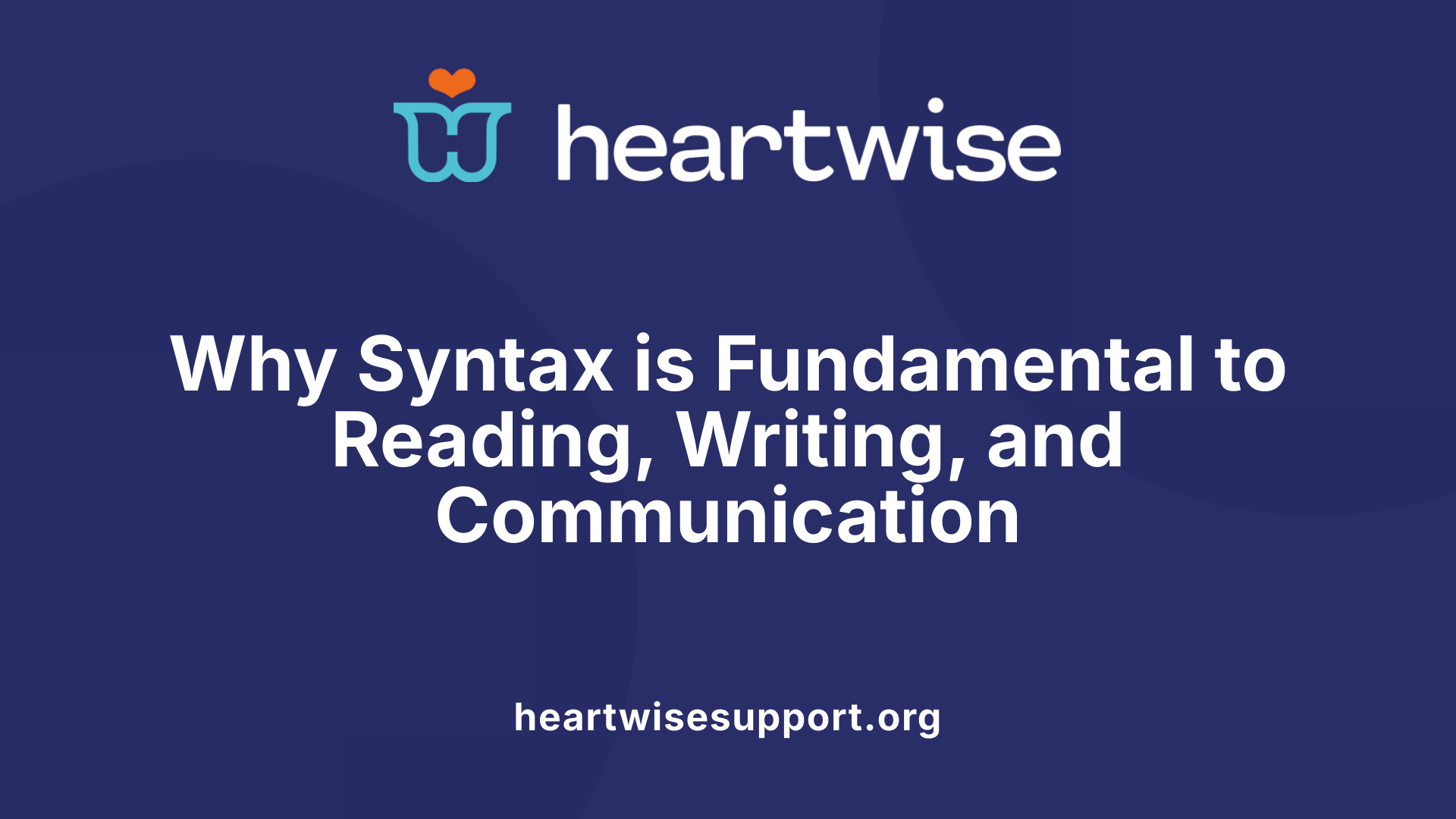 Syntax, the arrangement of words and phrases to create well-formed sentences, plays a fundamental role in language development. It influences how children express ideas, comprehend others, and navigate complex communication situations.
Syntax, the arrangement of words and phrases to create well-formed sentences, plays a fundamental role in language development. It influences how children express ideas, comprehend others, and navigate complex communication situations.
Proper syntax helps children construct clear sentences, use correct word order, and apply grammatical markers like tense and agreement. These skills are essential for effective speaking and understanding, forming the backbone of overall language proficiency.
Research indicates a strong link between syntax and reading comprehension. When children understand sentence structures, they can better decode texts and grasp meanings, leading to improved academic performance. Difficulties with syntax often translate into challenges with reading and writing, making targeted intervention crucial.
Speech therapists work to enhance syntactic skills through explicit teaching strategies such as sentence combining, deconstruction, and visual aids. These techniques help children grasp the structure of sentences, including simple, compound, and complex forms.
Goals in therapy frequently include teaching children to build grammatically correct sentences, expand their utterance length, and understand sentence components. Using visual tools like sentence strips and gap-fill activities, therapists focus on improving both receptive and expressive language skills.
Overall, strengthening syntax supports not only fluent speech but also reading comprehension and academic success. Effective therapy involves systematic instruction on sentence structure, fostering better communication and literacy skills in children at various developmental stages.
Targeted Techniques to Improve Syntax and Grammar in Therapy
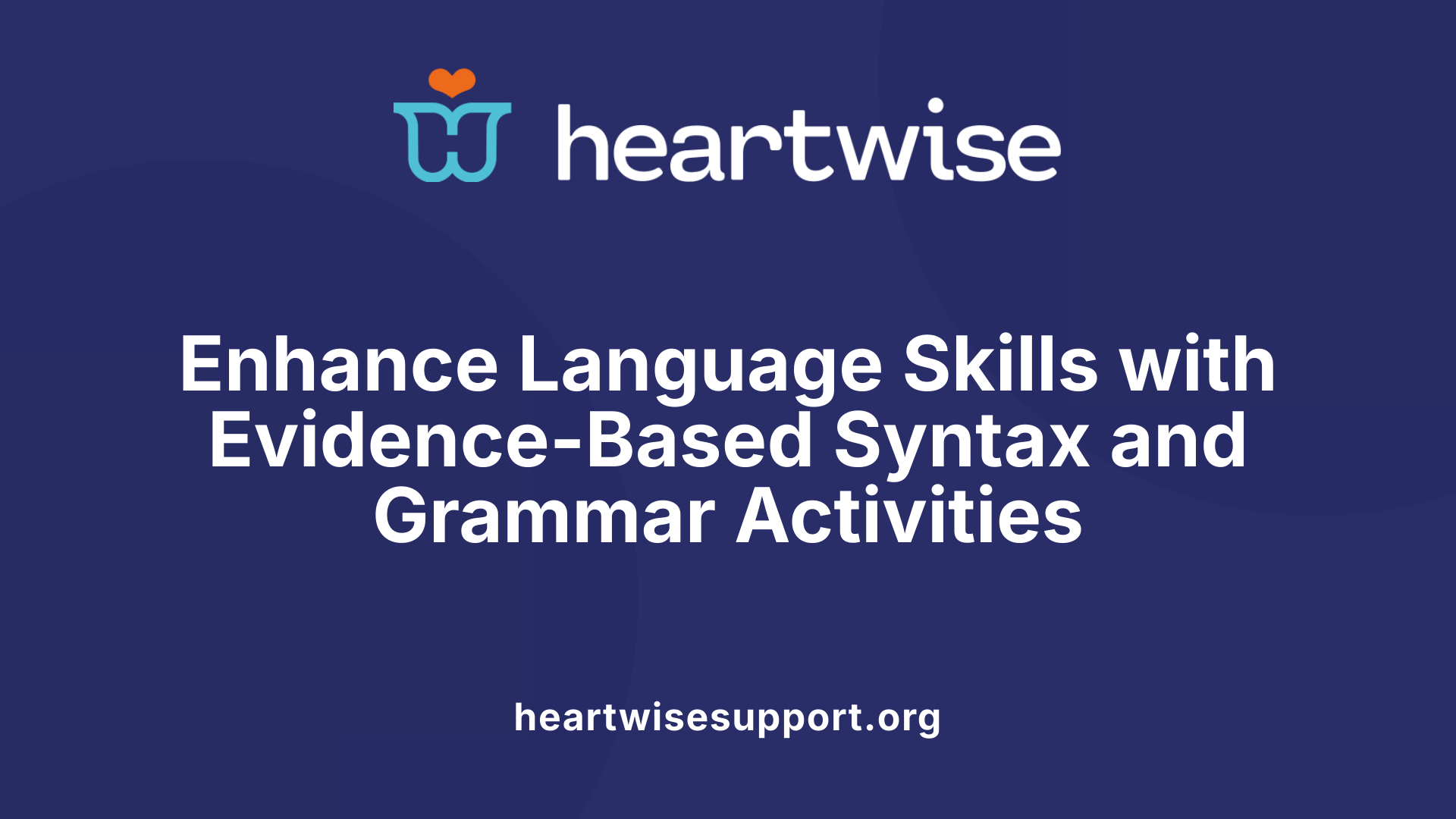
What are effective interventions and activities to target syntax and grammar in speech therapy?
Effective methods for enhancing syntax and grammar involve a range of research-supported activities tailored to children's developmental needs. One of the most prominent strategies is sentence combining, which improves both spoken and written language. This technique involves presenting two or more related simple sentences, explaining appropriate conjunctions such as and, but, or, so, and then modeling how to merge them into a longer, more complex sentence.
Deconstruction activities complement sentence combining by breaking down complex sentences into their basic components, helping children understand how sentences are built. Using visual tools like sentence strips, charts, and posters makes these concepts even clearer. Visual aids serve as concrete representations of parts of speech and grammatical structures, enhancing comprehension.
Starting with simple sentences is recommended, progressing gradually to more complex structures like compound and complex sentences. This layered approach builds confidence and foundational knowledge before tackling intricate grammatical forms.
Explicit modeling plays a crucial role in therapy. The clinician demonstrates correct sentence structures and then guides children through structured practice, encouraging imitation and independent use. Techniques such as recasting—rephrasing incorrect or incomplete sentences—and sentence expansion—adding words to extend utterances—are effective in promoting grammatical accuracy.
Incorporating storytelling, reading activities, and naturalistic language use allows children to apply new syntactic skills in meaningful contexts. Activities such as filling in sentence gaps, identifying parts of speech, and creating sentences with target structures help translate learned skills into practical communication.
Ongoing assessment using language samples and observational records is essential to tailor interventions and monitor progress. Overall, a combination of explicit teaching, visual supports, and systematic practice fosters substantial improvements in syntax and grammar, supporting better communication and literacy development.
Assessment and Developmental Milestones in Syntax and Grammar
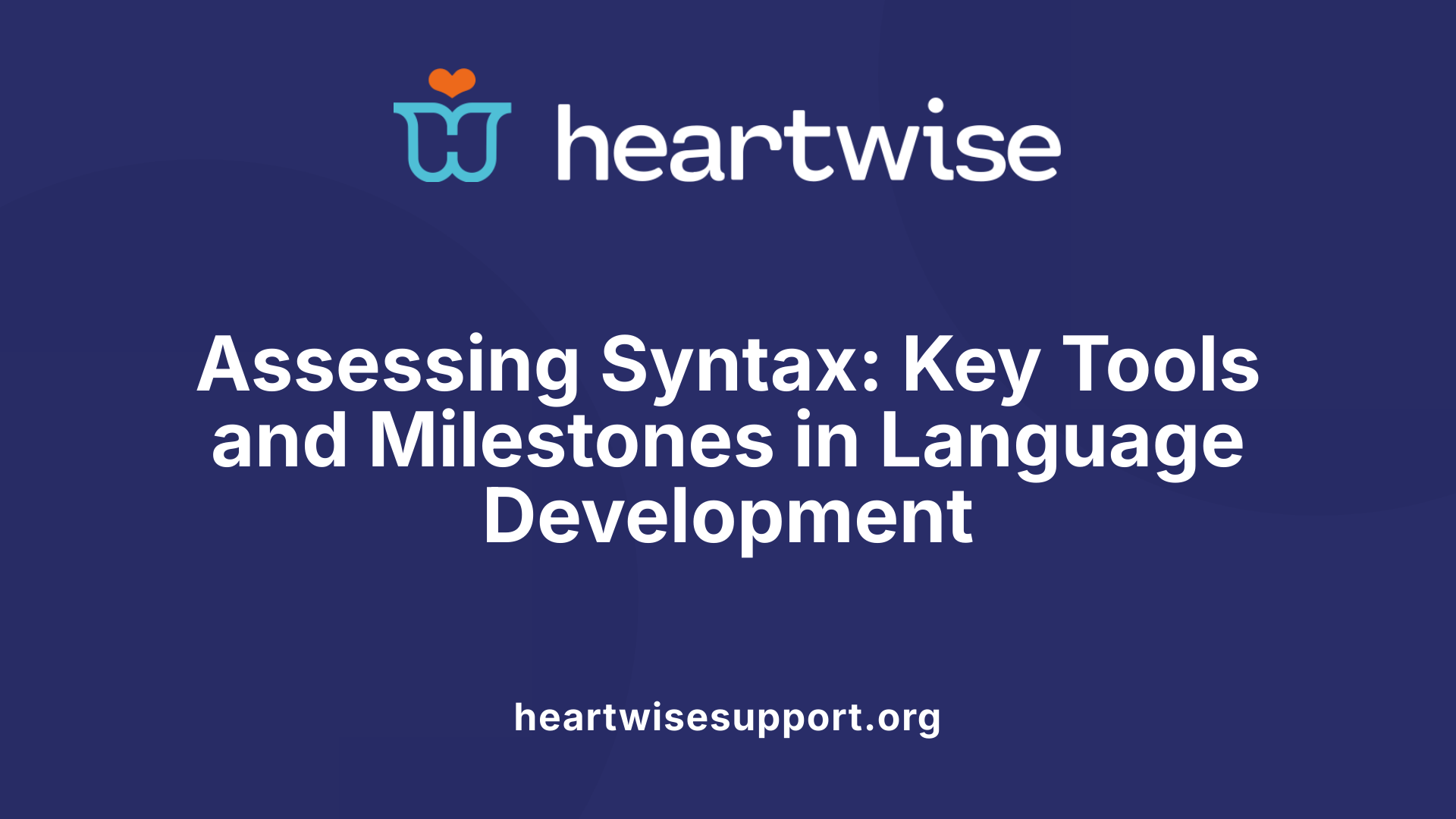
How do speech therapists evaluate syntax and grammar in children and adolescents?
Assessing syntactic and grammatical skills involves detailed analysis of language samples. Speech-language pathologists (SLPs) collect speech samples during conversations, story retellings, or structured tasks. These samples are then analyzed using checklists and software to identify the presence of mature grammatical forms, such as correct verb tense usage, sentence complexity, and proper phrase structures.
Language sampling provides insight into how children organize words and phrases, revealing error patterns and strengths. This method is essential for older children and adolescents, as it helps determine their grasp of complex syntax and morphological markers, like plurals and verb endings. The evaluation often includes tasks that prompt children to produce full sentences, which allows clinicians to observe their typical grammatical production.
What are typical developmental milestones for morphology and syntax?
Understanding developmental milestones helps clinicians tailor therapy goals. For morphology, children usually start emerging with past-tense forms by around 36 months. They develop the ability to use plurals, articles, and other grammatical markers throughout preschool years.
By age 4 to 5, most children produce complex sentences containing subordinate clauses, relative clauses, and combined structures. Mastery of these milestones reflects typical syntactic growth.
Here is an overview of some milestones:
| Age | Morphological Milestones | Syntactic Milestones | Explanation |
|---|---|---|---|
| 36 months | Use of past-tense -ed, plurals | Basic sentence structure, use of auxiliary verbs | Early punctuation of complex syntax |
| 48 months | Regular and some irregular past tense, articles (a, the) | Complex sentences with conjunctions, phrase expansions | Increased sentence complexity |
| 60 months | Accurate use of tense, possessives | Embedding clauses, relative clauses | More mature, varied sentence structures |
Which assessment tools and checklists are used?
SLPs often employ standardized tools such as the CELF-5 (Clinical Evaluation of Language Fundamentals), DELV (DeKalb Language Assessment), and language sampling software. These assessments quantify the child's ability to produce and understand target grammatical structures.
Checklists aligned with developmental stages serve as guides to evaluate whether children meet age-appropriate syntactic benchmarks. Resources like the developmental syntax checklist help monitor progress and inform therapy planning.
Some programs also provide downloadable materials, such as sentence scramble activities, parts of speech identification, and sentence diagramming worksheets. These tools support systematic evaluation and targeted intervention.
What is the +1 routine and how does it support language development?
The +1 Routine involves modeling a child's utterance and adding just one word to extend it. This approach supports children in learning to produce longer, more complete sentences, thereby enhancing their syntactic skills. For example, if a child says “dog run,” the therapist adds “The dog run fast,” expanding the sentence context.
How does understanding age-appropriate syntax guide therapy?
Knowing typical developmental milestones allows speech therapists to identify delays or disorders accurately. Interventions are then tailored to target specific deficits, such as complex sentence formation or morphological accuracy, ultimately improving communication and reading comprehension.
In summary, systematic assessment tools, knowledge of developmental milestones, and supportive techniques like the +1 routine form the foundation for effective syntax and grammar intervention in speech therapy.
Curriculum Goals for Syntax and Morphology in Speech Therapy
What are common goals in speech therapy for syntax and sentence structure?
In speech therapy, setting clear and achievable goals for syntax and morphology helps children develop stronger language skills. These objectives typically focus on enhancing the child's ability to produce grammatically correct sentences with proper word order, tense, and morphemes.
A primary goal is teaching children to identify and use parts of speech such as nouns, verbs, conjunctions, and prepositional phrases effectively. For example, children learn to form and understand complex sentences incorporating conjunctions like those in the FANBOYS acronym (for, and, nor, but, or, yet, so). This helps in expanding sentence length and complexity.
Another important goal is the correct application of grammatical markers and tense, such as past tense verbs, third person singular, and possessive pronouns. Children are encouraged to correctly use these markers in both their expressive and receptive language tasks.
Developing these skills supports broader academic and reading comprehension abilities. When children can understand and produce well-formed sentences, they are better equipped for reading comprehension, writing, and academic success.
Therapists often employ explicit instruction followed by modeling and practice activities. For instance, children may be shown how to combine simple sentences into longer, more complex ones, then practice doing so independently.
Goals are also tailored to improve sentence length, aiming for children to produce utterances of 3-4 words or more. This lengthening supports language development and helps children participate more fully in conversations and classroom activities.
Overall, these goals ensure a comprehensive approach, targeting both production and understanding of syntactic structures. By mastering these skills, children can better express their thoughts, follow directions, and engage with texts and peers.
Application of Grammatical Markers and Tense
Teaching children to use correct grammatical markers and verb tenses is central to syntax intervention. Activities often include identifying and practicing the use of articles, plural forms, and verb endings. Recasting and modeling are common strategies that help reinforce correct usage.
For example, therapists might show a child a sentence like "He run fast," then model the correct form "He runs fast." Repeating this process helps solidify understanding of tense and subject-verb agreement.
Supporting Reading and Academic Skills
Strong syntax skills directly influence reading comprehension and overall academic performance. When children understand sentence structures, they are better able to decode texts, grasp meaning, and organize ideas in writing.
Interventions designed to improve syntax and morphology include activities like sentence scramble exercises, fill-in-the-blank worksheets, and story-based tasks that incorporate targeted grammatical concepts. These activities make learning engaging and meaningful.
Ultimately, establishing solid syntax and morphology foundations through speech therapy supports children's academic achievement and effective communication skills.
Research-Based Guidelines and Principles for Effective Intervention
What are effective strategies for teaching syntax and grammar in speech therapy?
Effective speech therapy for syntax and grammar relies on a combination of explicit instruction, modeling, and recasting techniques. These methods help children understand and correctly produce complex sentence structures.
Using visual cues, such as pictures, charts, and sentence diagrams, can significantly enhance understanding of parts of speech, sentence types, and grammatical rules. Visual aids serve as concrete representations, making abstract language concepts more accessible.
Incorporating sentence frames and structured activities allows children to practice constructing sentences within a supportive framework. Activities such as sentence scramble games, sentence combining exercises, and storytelling facilitate natural language use and syntactic development.
Therapists often include naturalistic and contextualized tasks like reading stories, creating definitions, and deconstructing sentences. These activities embed grammatical learning within meaningful contexts relevant to everyday communication.
Research emphasizes the importance of evidence-based practices. Selected strategies—like explicit teaching of grammar rules, stimulus organization, and sequential skill development—are supported by numerous studies. For instance, structured models using visual support, combined with dynamic activities, have proven effective in increasing grammatical accuracy and comprehension in children with developmental language disorders.
How do visual cues and sentence frames aid in syntax development?
Visual cues help children picture sentence constructs, making it easier to grasp complex syntactic rules. Sentence frames provide a scaffold that guides children in forming correct sentences, especially those with more advanced structures such as relative clauses or subordinate conjunctions.
These tools promote independence and confidence in language use by giving children clear models and step-by-step processes for sentence formation.
Why are naturalistic and contextualized activities important?
Activities that simulate real-life communication—like storytelling, book reading, and sentence analysis—are crucial. They allow children to apply learned syntax skills in meaningful ways, which enhances retention and generalization.
What does the research say about specific strategies?
Empirical studies, including randomized controlled trials, support the use of explicit instruction, modeling, and recasts. Techniques like MetaTaal, SHAPE CODING, and complex sentence intervention show significant improvements in grammatical understanding and use.
These strategies often incorporate multimodal representations and manipulatives, which reinforce learning through visual and kinesthetic engagement. Overall, combining these evidence-backed methods creates a comprehensive approach that addresses the diverse needs of children with language impairments.
Program Resources and Intervention Sequencing
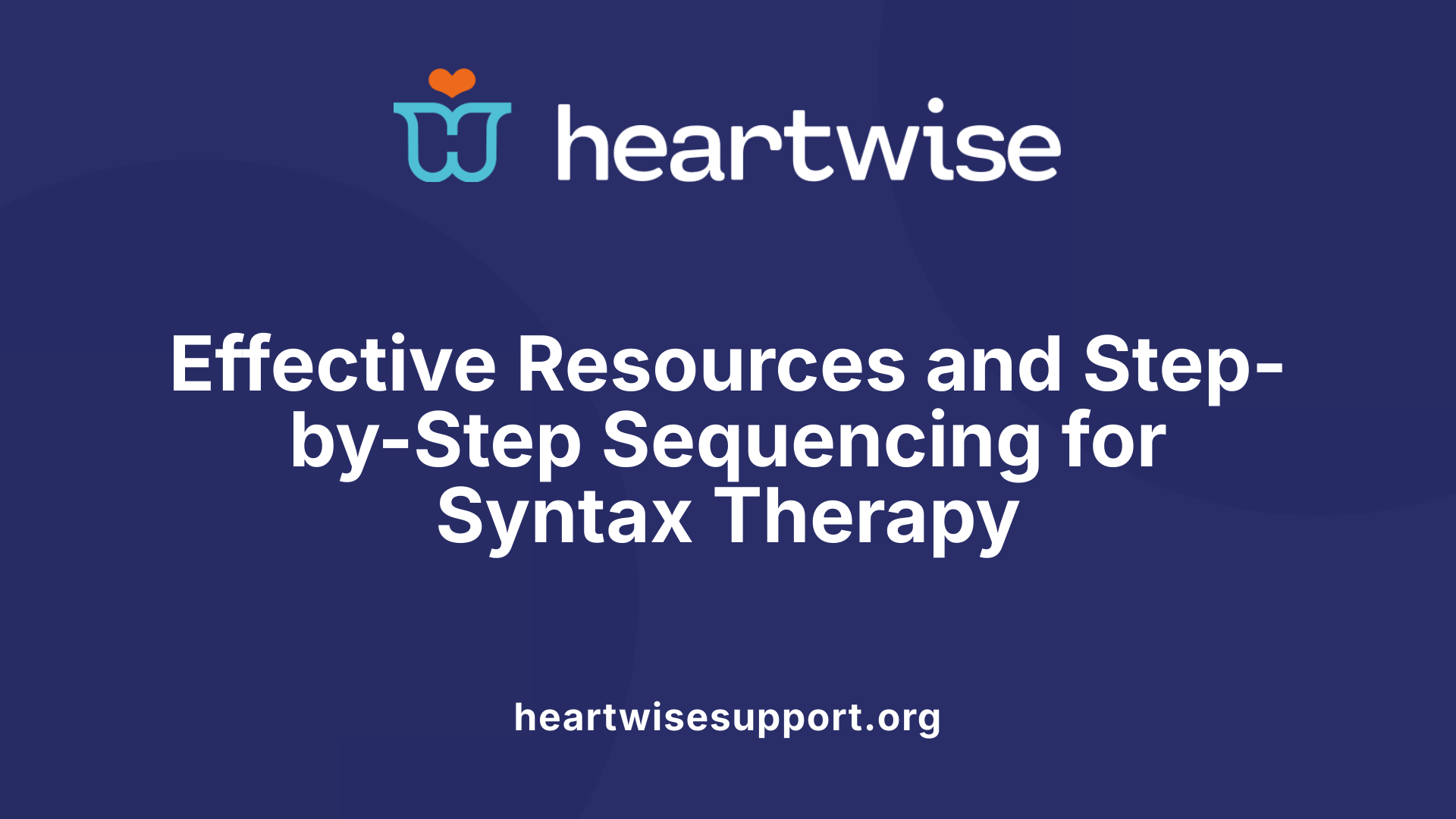
What are effective interventions and activities to target syntax and grammar in speech therapy?
Effective therapy for syntax and grammar involves engaging children in activities that are both evidence-based and tailored to their developmental level. Activities like sentence combining, sentence deconstruction, and the use of visual supports such as sentence strips, posters, and worksheets are fundamental. These tools allow children to practice sequencing words correctly and understanding sentence structure.
Structured activities typically start with simple sentences, gradually advancing to complex ones. For example, initially using simple sentences with coordinating conjunctions like 'and,' 'but,' and 'or' helps children grasp basic connection of ideas. As progress is made, children work on forming compound sentences and embedding clauses, which enhances their syntactic flexibility.
Explicit instruction is crucial. Therapists model proper sentence structures, then guide children in practicing these forms through repetition and naturalistic storytelling or play-based tasks. Techniques such as recasting (correcting and expanding a child's sentence), contrastive analysis (comparing correct and incorrect forms), and sentence expansion foster a deeper understanding of grammatical rules.
Utilizing visual cues and structured practice activities supports retention and generalization of skills. For instance, children might work on fill-in-the-blank exercises that focus on appropriate use of conjunctions or morphology, or complete tasks involving sentence scramble activities that reinforce syntax order.
Assessment tools like language samples and observational checklists help monitor progress. Adjustments to activities are based on ongoing data collection, ensuring that interventions remain targeted and effective.
How are resources like downloadable materials and handouts used?
Therapists often utilize a variety of resources to enhance treatment. Downloadable materials, such as lesson plans, worksheets, and game templates, provide structured frameworks for sessions. These resources often include activities like sentence diagramming, parts of speech sorting, and story-based comprehension exercises.
Handouts serve as visual supports that families and educators can also use outside therapy sessions. These materials clarify grammatical concepts, offer practice exercises, and outline activity steps. For example, visual sentence strips can help children visually understand sentence components and word order.
Many programs include comprehensive kits with vocabulary picture cards and sorting mats to facilitate active engagement. These resources allow for multiple repetitions and varied activities, reinforcing syntax skills. Additionally, teacher guides and article-based resources—such as those referencing research articles—ensure that interventions are evidence-based and aligned with professional standards.
Incorporating downloadable resources and well-designed handouts into therapy sessions ensures consistency, facilitates progress tracking, and supports carryover of skills into everyday communication.
How is intervention sequencing arranged for maximum benefit?
Sequencing activities logically from simple to complex maximizes learning outcomes. Therapy begins with understanding basic sentence components and gradually introduces more challenging structures like compound sentences and embedded clauses.
A typical sequence includes:
| Activity Stage | Focus Area | Techniques Used | Resources Example |
|---|---|---|---|
| Starting Point | Simple sentence formation | Modeling, imitation | Sentence scramble worksheets |
| Progression | Compound sentences | Conjunction use, sentence combining | Sentence combining exercises |
| Advanced | Complex sentences with relative clauses | Recasting, contrast activities | Storytelling tasks, clause identification |
This approach provides steady scaffolding, allowing children to master foundational skills before moving to advanced syntactic forms. Throughout, integrating naturalistic activities like story creation and role play embeds learning in context.
By systematically sequencing activities and utilizing rich resources, speech therapists can effectively improve syntax and grammar, thereby supporting overall language and literacy development.
Tailored Approaches for Children with Developmental Language Disorder (DLD)
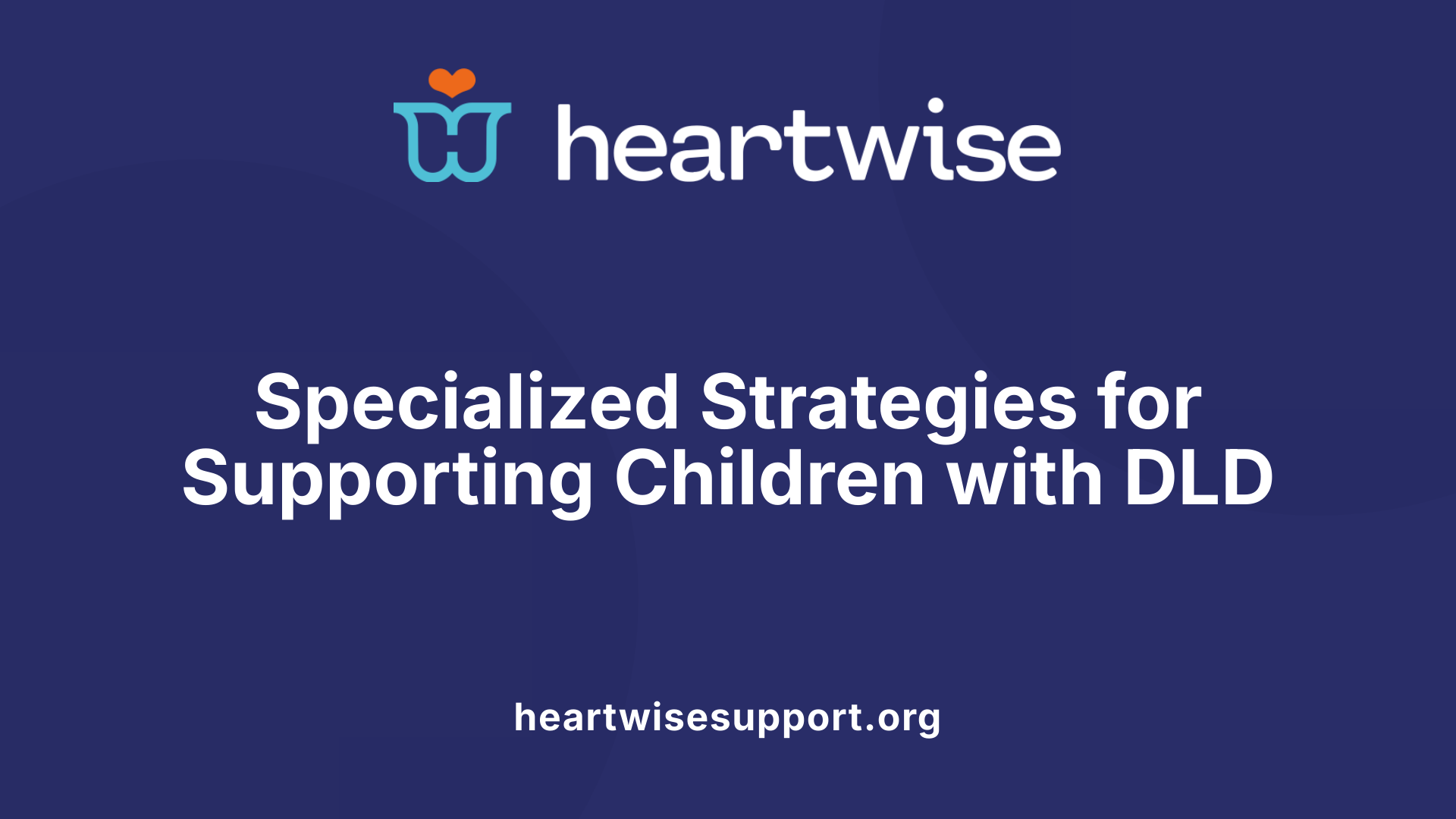
What are effective strategies for teaching syntax and grammar in speech therapy?
Teaching syntax and grammar effectively requires a combination of research-backed strategies. One popular method involves engaging children in sentence manipulation activities, such as sentence scrambling and sentence combining exercises. These activities help children understand how words and phrases fit together to form grammatically correct sentences.
Visual aids are also essential. Using pictures, charts, and diagrams helps clarify complex grammatical concepts, making them more accessible for children. For instance, visual sentence strips and grammar rule visuals can illustrate sentence structure and parts of speech clearly.
Targeted therapy activities include syntax speech exercises and sentence structure drills designed to practice specific grammatical forms. These methods support both understanding and production of correct syntax.
Use of multimodal representations and stimulus organization
Interventions incorporating multimodal learning—such as combining visual, auditory, and kinesthetic cues—can enhance syntax development. Techniques like MetaTaal and SHAPE CODING utilize this approach by providing multiple ways for children to internalize grammatical rules.
Stimulus organization further aids learning by systematically presenting grammatical concepts. For example, using sentence frames, sorting mats, and vocabulary cards structured around specific language features helps children acquire syntactic skills within meaningful contexts.
Programs like the 'Entire Year of Grammar and Sentence Structure for SLPs' integrate these elements, offering lesson plans that combine visual tools with hands-on activities to facilitate understanding and generalization.
Evidence supporting complex sentence intervention
Research supports the effectiveness of explicit, systematic approaches in teaching complex syntactic forms, such as relative clauses and subordinate conjunctions. Studies, including randomized clinical trials, have demonstrated significant gains in grammatical accuracy and understanding following interventions like complex sentence training.
Worksheets, story-based activities, and direct modeling help children grasp intricate sentence structures. Empirical evidence indicates these interventions improve not only syntactic skills but also overall reading comprehension and written expression.
By employing these evidence-based strategies—specifically targeting syntax with multimodal tools and structured activities—speech-language pathologists can better support children with DLD in developing robust language skills.
Advancing Language Skills Through Evidence-Based Speech Therapy
Incorporating research-backed strategies, ongoing assessment, and tailored activities, speech-language pathologists can effectively enhance children’s syntax and grammar skills. These improvements will support better communication, reading comprehension, and academic performance, fostering overall language development and confidence.
References
- How to target syntax in speech therapy.
- Sentences / Syntax - Speechy Musings
- 17 Must-Try Language Therapy Ideas for Effective Grammar ...
- Teaching Grammar in Speech Therapy | Allison Fors, Inc.
- 20Q: Grammar and Syntax for School-Age Learners - Article 20532
- Evidence-Based Guide for Grammar Goals & Intervention in Speech ...
- Strategies for Syntax Intervention | Online SLP CEUs
- Sentence formation syntax | Expressive language difficulties
- The Importance of Syntax in Preschool Speech Therapy











